Top 6 things you need to know from Google I/O
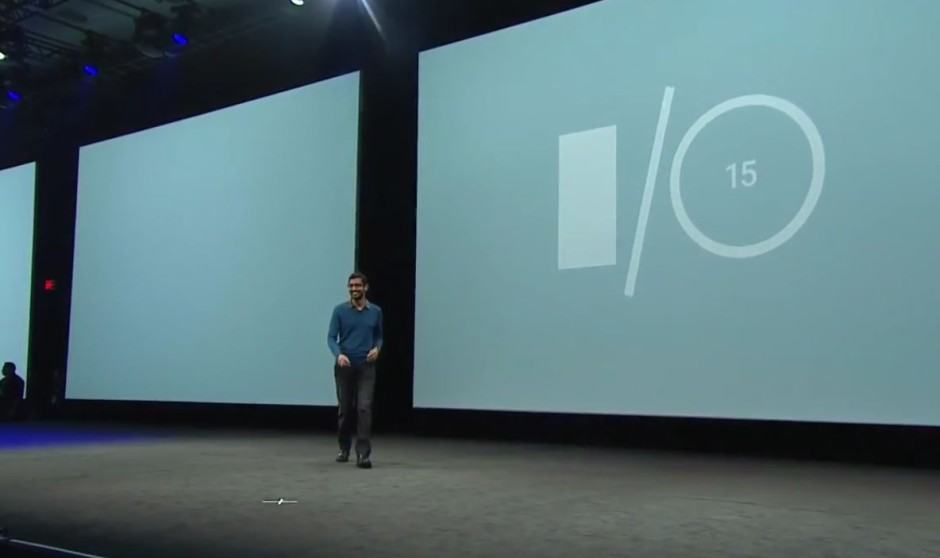
Google wants to be your everything. Photo: Google
From smartphones to the Internet of Things, Google wants to be woven into the fabric of our lives.
The company detailed some of its latest hardware and software projects — some truly innovative, some strictly playing catch-up — during the annual Google I/O developer conference Thursday.
From the iterative improvements coming in Android M to the blue-sky thinking of Project Brillo, everything plays into Mountain View’s master plan, which Sundar Pichai, Google’s senior vice president in charge of Android, Chrome and apps described as “putting technology and computer science to work on important problems that users face” — and doing it “at scale for everyone in the world.”
Google’s goals are similar to Apple’s: Both companies are trying to integrate their products (and possibly their worldviews) into every facet of our lives to make tech personal and useful. In many ways, Google’s approach is far more ambitious.
Here are the six things you need to know from the Google I/O 2015 keynote.
Android M
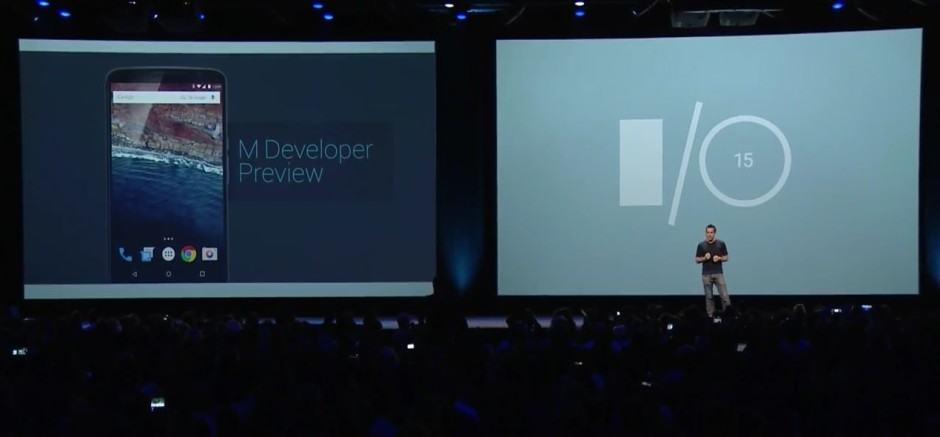
Photo: Google
Perhaps code-named Macadamia Nut Cookie (we sincerely hope
Chrome custom tabs will also premiere in Android M (available to Android developers today and being rolled out to users in Q3 of this year). App links are also improved, giving users a better experience when tapping on links to Twitter, Instagram or other apps. If you’ve got an Android device with a fingerprint scanner, M will be able to integrate that with apps and payment systems — just like Apple’s Touch ID.
Google also wants to make Android M smarter at managing power, improving battery live up to two times current levels with a new feature called Doze. It will make Android M much more efficient when in standby mode by automatically killing background processes when it detects that devices haven’t been used in a while.
Android Pay
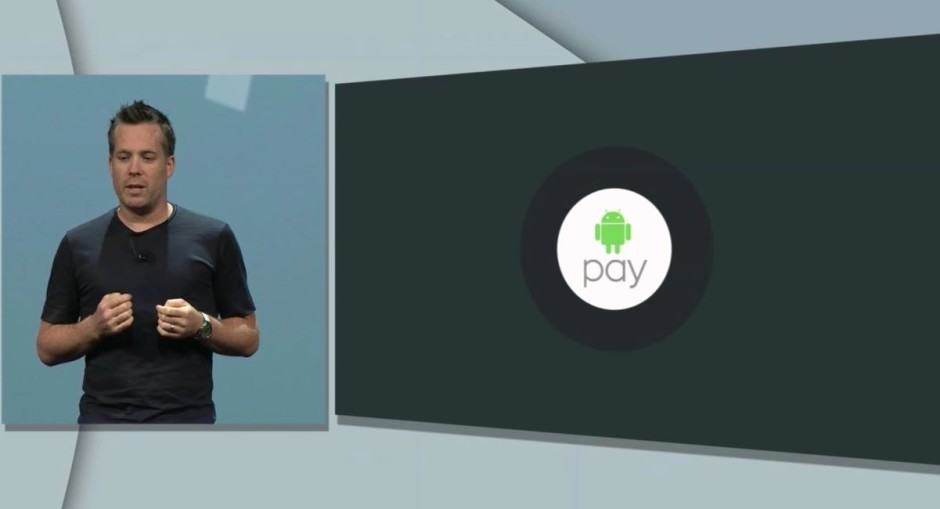
Photo: Google
Google’s new payment system, Android Pay, is set to roll out with Android M in Q3. Android Pay will work exactly like Apple Pay: over NFC. It also uses similar security, with one-time authorizations that prevent your card details from being shared with retailers. You’ll set it up when you get a new phone thanks to partnerships with various cell carriers like AT&T and T-Mobile.
Google Photos
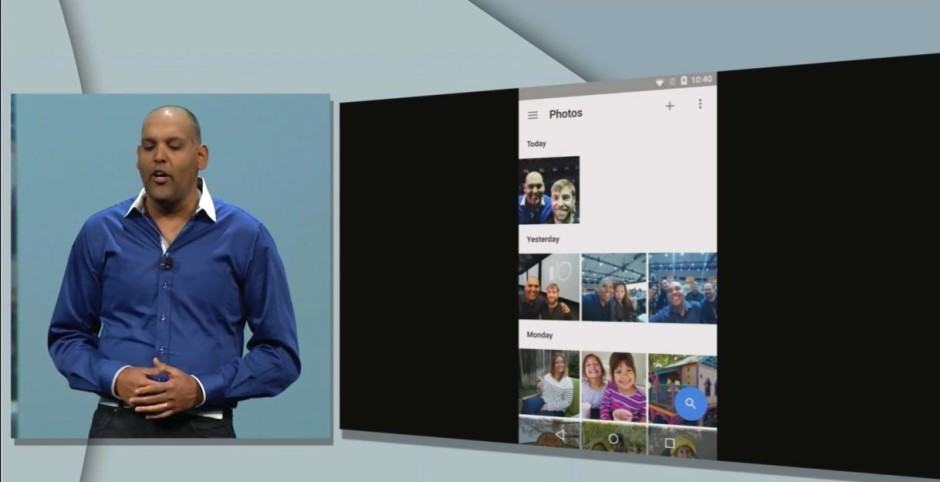
Photo: Google
A brand-new Google Photos app, divorced from Google+, will let you store a potentially unlimited number of high-resolution photos and videos, organizing them meaningfully with fancy new machine intelligence and creating new ways to share your photos via automated movies, collages and animated GIF creations.
Thanks to new back-end computer magic, Google Photos will recognize people, places and things without you having to tag them. The sheer volume of photos and videos we take today may have just been tamed with this offering, which blows away competing services from Apple and others.
Project Brillo
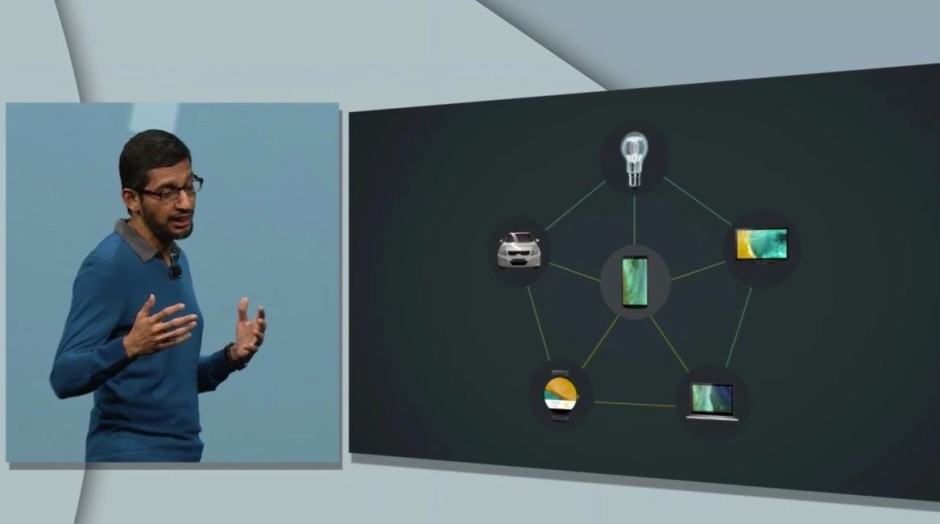
Photo: Google
Brillo is Google’s entry to the Internet of Things. A clear answer to Apple’s upcoming HomeKit platform, which seeks to put Siri at the center of home automation, Brillo utilizes technology called Weave to communicate among smart and dumb objects like door locks, baby monitors, ovens, refrigerators and the like.
It’s based on Android and will make your home much more capable of using a variety of logic- and speech-recognition technologies.
We can’t wait until we can tell our phones, “Make me a pot of coffee when my alarm goes off.”
Cardboard and Jump
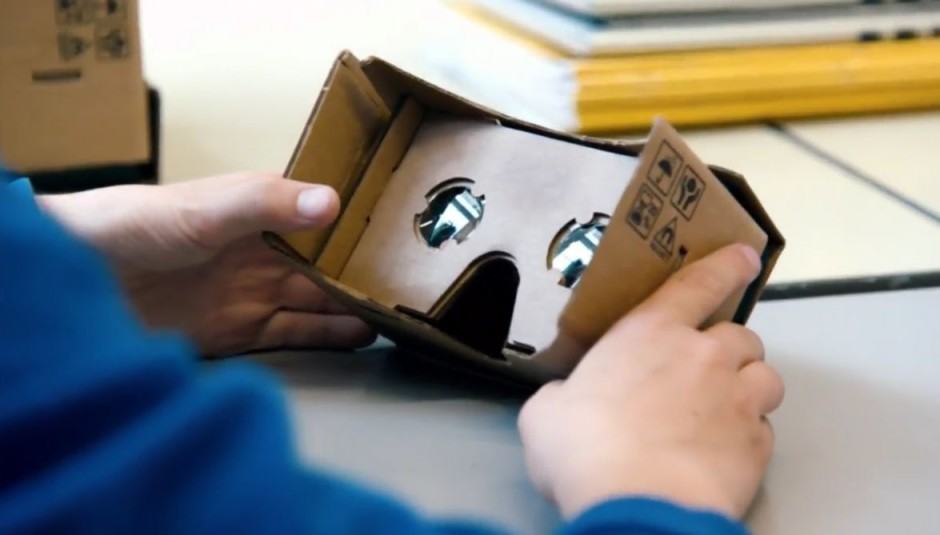
Photo: Google
While we all ooh and ahh over virtual reality, it’s going to be out of reach for most of us if we rely on solutions like Oculus Rift, which could end up costing you up to $1,500 for a rig and a PC to handle it. Google’s answer, Cardboard, is available on both Android and iOS and is as cheap as a piece of the titular material itself.
Jump, headed your way this summer, is a way to make your own VR video with a 16-camera rig (imagine a halo of GoPros). It’s a way to capture and knit together high-definition, 360-degree video that will make it far easier to capture the sort of immersive video that VR is going to depend upon.
Better yet, Jump videos is coming to YouTube soon. The VR future is coming sooner, and cheaper, than we thought. Bravo, Google.
Now on Tap
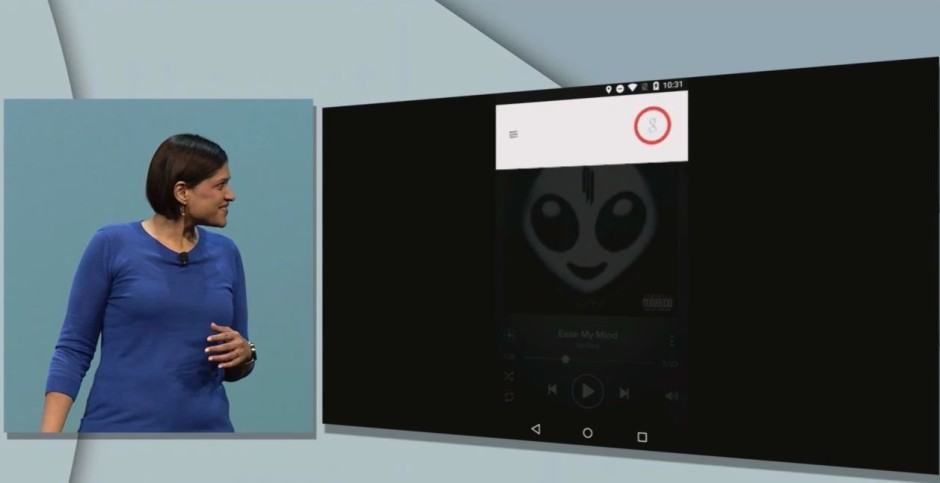
Photo: Google
An impressive update to the Google Now platform, Now on Tap promises to deliver even more helpful information at the precise moment you need it. By focusing on the context of whatever you’re doing on your Android phone, Now on Tap lets you quickly and easily grab relevant information.
For instance, while reading a text message about a potential dinner date and an urgent errand, Now on Tap might turn you on to an appropriate restaurant and give you an option to set a reminder to pick up the clothes at the cleaners.
Coming in Android M later this year, it looks like yet another powerfully simple implementation of Google’s massive data trove.
Additional reporting by Killian Bell and Lewis Wallace.


